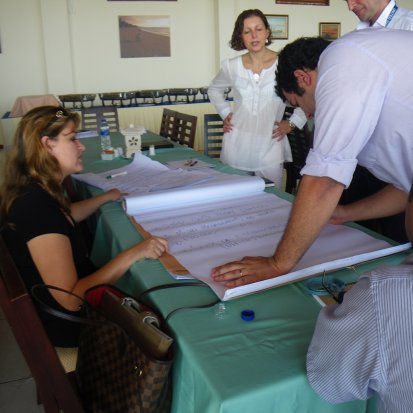
Background: Australia remains a lead aid donor to Timor-Leste. Although it has fluctuated through time, Australia’s official development assistance to Timor-Leste has continued to grow since the country’s independence in 2002. A range of Australian agencies have played significant roles in providing development assistance to Timor-Leste, including AusAID, the Australian Centre for International Agricultural Research, and the Australian Federal Police. Between 2001 and 2009, AusAID developed a number of interim and draft country strategies for its assistance to Timor-Leste. None of these none were finalised until the 2009–14 Australia–Timor-Leste Country Strategy in late 2009
In December 2012, AusAID engaged Sustineo to evaluate Australia’s aid program in developing and implementing strategies for aid for Timor-Leste, covering the period from 2009 until 2013..
Approach: The evaluation employed a mixed-methods approach, drawing on both qualitative and quantitative data collection methods. Qualitative analysis drew on existing sources including independent completion reports, annual performance reviews, and 95 semi-structured key informant interviews. The Sustineo team carried out the semi-structured interviews in Australia and Timor-Leste, and involved a range of key informants involved in Australia’s aid program.
Quantitative data from AusAID’s internal information management system (AidWorks), the Organisation for Economic Co-operation and Development, World Bank, and the Government of Timor-Leste was used to explore the country program’s results, and the extent to which it was subject to proliferation and fragmentation.
An integrated analysis was undertaken of these data sources, including triangulation of interview findings, quantitative analysis and document review.
Outcome: The project identified a range of lessons learned from the Timor-Leste program. These findings assisted informing future directions for the Timor-Leste country program, as well as providing guidance for country strategy development and execution in the broader aid program. Central to this was the identification of strategies that were appropriate to the Timor-Leste context.